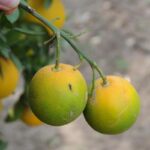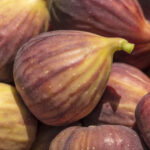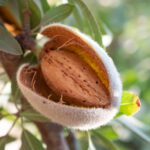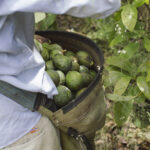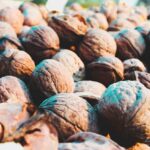U.S.: Good volumes, prices expected as California kiwifruit season kicks off

With the whole California kiwifruit industry set to be harvesting their crop next week, anticipations are for strong market conditions thanks to global supply dynamics. 
Production of gold varieties could also double in the 2017-18 campaign as more acres come on-line.
California Kiwifruit Commission president Nick Matteis said Chilean and New Zealand supplies had largely cleared out of the U.S. market and there was a strong drop in volume expected in Italy - the world's leading producer.
"We're looking forward to a strong season," he told Fresh Fruit Portal.
"Anywhere from 70-75% of the crop stays in the U.S., then the rest gets split between Mexico, Canada and usually one of the typical South East Asian outlets. Everybody is optimistic about the way prices are entering into the new season."
Some growers started to harvest last week, he said, but fruit is not expected to hit supermarket shelves for at least another week or so.
The association has set a "very conservative" crop estimate of 8.7 million 7-pound tray equivalents - which includes non-Hayward green and gold varieties - but Matteis said the final figure could easily end up in the 9-million-carton range.
Last year pre-season forecasts were for around 7.3-7.5 million tray-equivalents but the deal finished on a little over 9 million.
He described the anticipated volume as a "normal" crop, explaining that total production of around 10-11 million trays had been achieved over recent years.
Certain areas of the state have experienced crop loss as a result of heavy rainfall over the winter months, but Matteis said this had been offset by better-than-estimated production in other regions.
He added that overall the rains had been a "welcome relief", not just for replenishing the state's water supplies but also for cane health and vigor.
Harvests are likely to be wrapped up by the end of November, with sales extending until April or May.
Matteis added that sugar levels seemed to be good this year, and he expected to see a favorable distribution of size profiles.
"If I were to compare to last year, for example, we had a lot of fruit in the 20-series, which is quite large fruit," he said.
"We’re thinking sizing might be a little bit below that, with a larger percentage in the 30-series. I haven't heard reports of an unusual volume of 40 series, which is pretty small."
Gold crop continues to grow
The 2015-16 season saw the first volumes of California-grown gold kiwifruit marketed in the U.S. in a decade, with around 160,000 trays sold. Sales increased to around 247,000 trays last season, and Matteis anticipated a "pretty significant jump" this year.
"We’ve seen a doubling of the expected crop in the gold compared to last year - those vines are definitely coming into more full production," he said.
"We’re thinking that anywhere from 300-500,000 could be the potential gold crop for this season. A number of gold varieties are being tested, so we'll see in the long-term how that pans out.
"It seems that lots of these varieties grow well in California and of course there has been a significant investment by farmers in cultural practices to adjust for the needs of gold in general."
The industry will be determining market acceptance for the different gold varieties to see which have the strongest future, he said.
Matteis also mentioned a non-Hayward green variety called the Megakiwi was seeing rising volumes. The variety was developed by Greeks and commercialized by New Zealanders, and is said to have higher Brix levels than the common Hayward.
In addition, Matteis mentioned there was a grower who was testing production of a red kiwifruit variety.
Photo: Pixabay
















